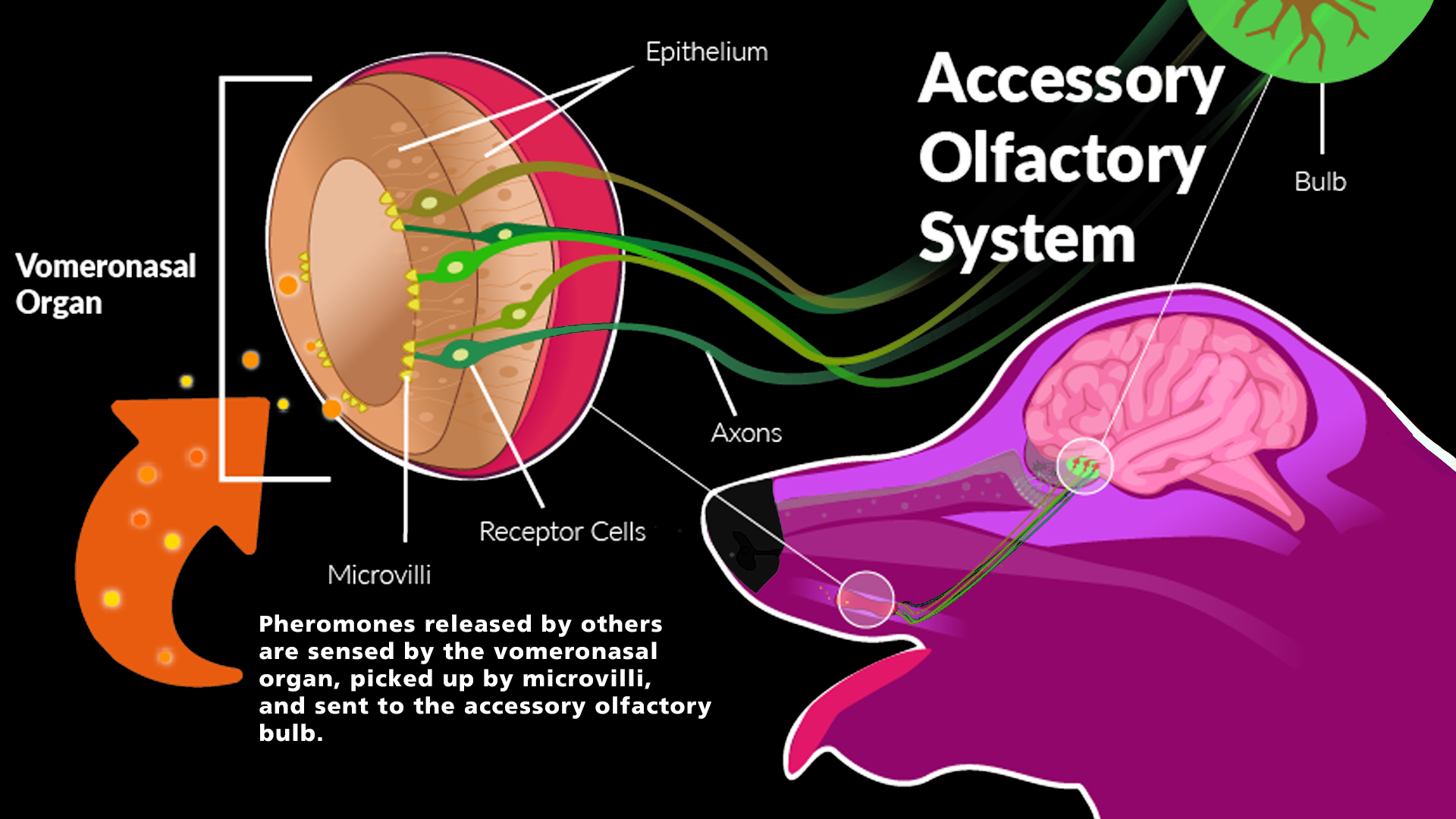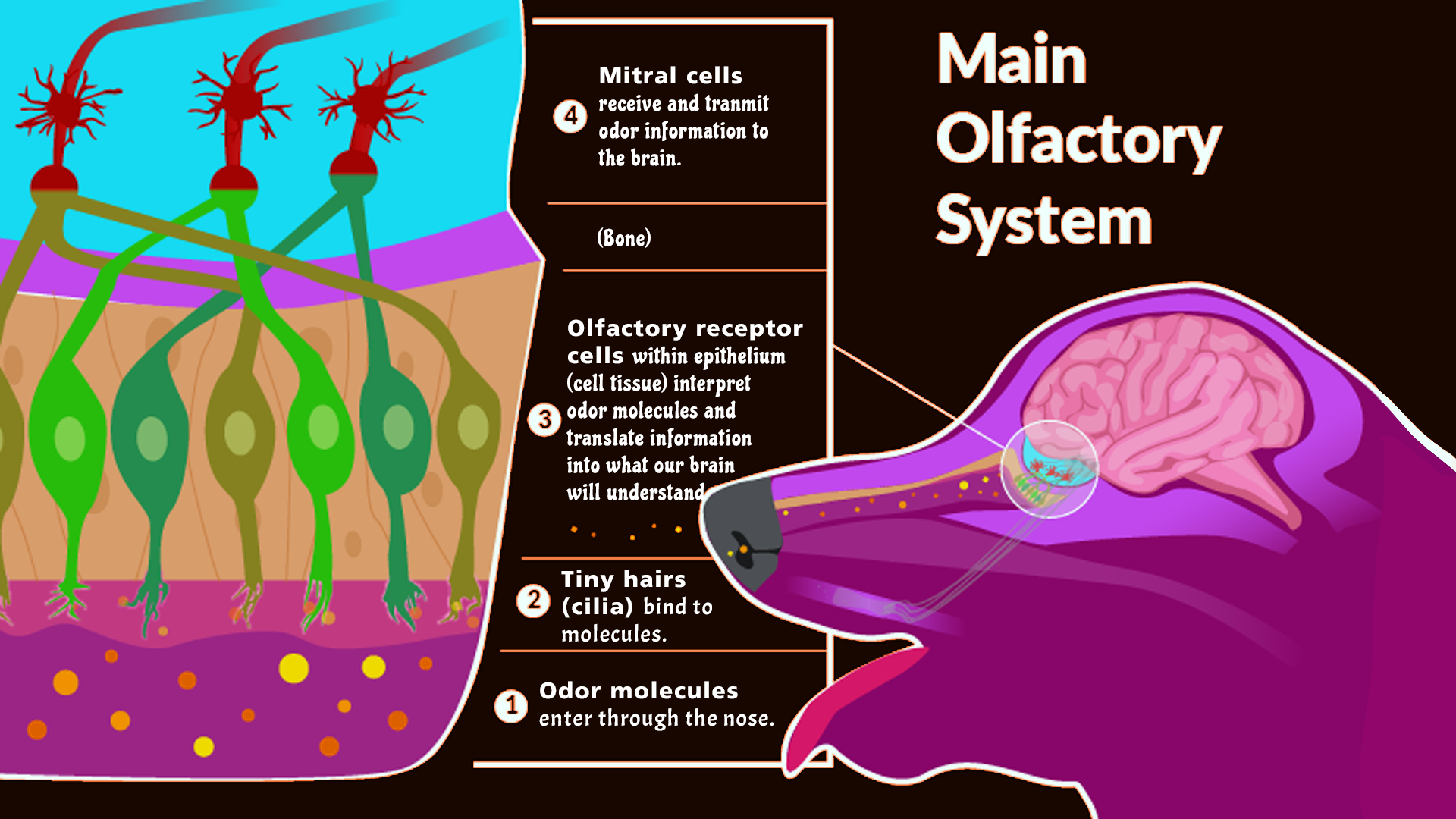Unleashing the Power: The Super Senses of Dogs
Dogs are not just our loyal companions; they are beings equipped with senses that are vastly superior to ours in several aspects. This blog post explores the remarkable sensory abilities of dogs, focusing on their incredible sense of smell and hearing.
Introduction
Humans have long been fascinated by the sensory capabilities of dogs. Their abilities to smell and hear are not just better than ours; they are in a league of their own. This article delves into these extraordinary senses, comparing them to human senses, and shedding light on how they serve both dogs and humans in various ways.
Smell: A Dog's Superpower

The sense of smell in dogs is arguably their most impressive sensory capability. It's estimated that a dog's sense of smell is up to 100,000 times more sensitive than a human's. This section will explore:
- The Science Behind the Smell: Dogs possess up to billions of olfactory receptors in their noses, compared to humans' 40 million.
- Scent Detectives: This incredible sense of smell enables dogs to perform remarkable tasks, such as tracking missing people, sniffing out drugs and explosives, and even detecting diseases.
Hearing: Beyond Human Limits

Dogs also boast an extraordinary sense of hearing, capable of detecting sounds at frequencies well beyond the range of human hearing. This section covers:
- Hearing Capabilities: An overview of how dogs can hear sounds at much higher frequencies and from greater distances than humans.
- Fine-Tuned Ears: A look into the anatomy of a dog's ears, which can swivel and move independently, helping them to pinpoint the source of a sound with astonishing accuracy.
The Early Warning System
Dogs' sharp hearing serves as an early warning system, allowing them to detect danger or approaching people long before humans can. This section discusses how this ability benefits both dogs and their human companions in everyday life and in critical situations.
The Vomeronasal Organ: Decoding Scents

The vomeronasal organ, also known as Jacobson's organ, is a specialized part of a dog’s anatomy that significantly contributes to their sense of smell. This organ detects pheromones, the chemical substances that are pivotal in inter-species communication. Dogs rely on this system to understand social cues, identify potential mates, and recognize territorial boundaries.
The Main Olfactory System: A Gateway to the Brain

Dogs’ main olfactory system is their primary pathway for detecting odors. It contains a vast array of olfactory receptors which translates chemical signals into electrical signals in the brain. This system is what enables dogs to detect a range of odors from far distances and with minute detail, contributing to their incredible sense of smell.
Expanding the Canine Sensorium: Deep Dives and Anecdotes
In the vast expanse of scientific inquiry, the sensory capabilities of dogs have been a subject of both wonder and rigorous study. Their ability to detect and differentiate odors is not just a passive trait but an active skill that has evolved over thousands of years. This section seeks to unravel the layers of complexity behind the canine olfactory system through detailed exploration, intriguing anecdotes, and references to scientific studies that illuminate the profound nature of dog senses.
Anecdotes of Canine Olfactory Acumen
Anecdotes abound of dogs who have used their noses to save lives. There are countless stories of dogs detecting a gas leak that humans have passed by unawares, or sensing an oncoming epileptic seizure in their human companions. These stories are not just heartwarming tales but also potent examples of canine capabilities that stretch the boundaries of human understanding.
Scientific Studies and Discoveries
Scientific studies have provided empirical evidence to back up what dog owners have known intuitively for ages. Researchers have identified the specific gene families that multiply the olfactory receptors in dogs, giving them their superior sniffing power. Studies have also shown that dogs can detect certain diseases by scent, including cancers, which could have significant implications for medical diagnostics.
The Future of Canine Sensory Research
As we continue to explore the outer reaches of canine senses, we inch closer to harnessing these abilities for societal benefit. Dogs are already being trained to sniff out electronic storage devices in criminal investigations, a testament to their versatility and adaptability. The future may see dogs playing an even larger role in areas such as search and rescue, disease detection, and even environmental conservation.
This in-depth exploration only scratches the surface of the profound sensory world of dogs. As we expand our understanding, we also grow our appreciation for these remarkable animals, whose sensory superpowers make them not just pets, but partners in navigating the complexities of the world.
Conclusion
The super senses of smell and hearing make dogs invaluable companions and helpers to humans. From being our loyal friends to serving in various roles such as service dogs, police dogs, and more, their extraordinary senses enhance their ability to communicate with and assist us in ways we're only beginning to fully appreciate.
Thank you for reading our exploration of the super senses of dogs. Stay tuned for more insights into the incredible world of our canine friends.